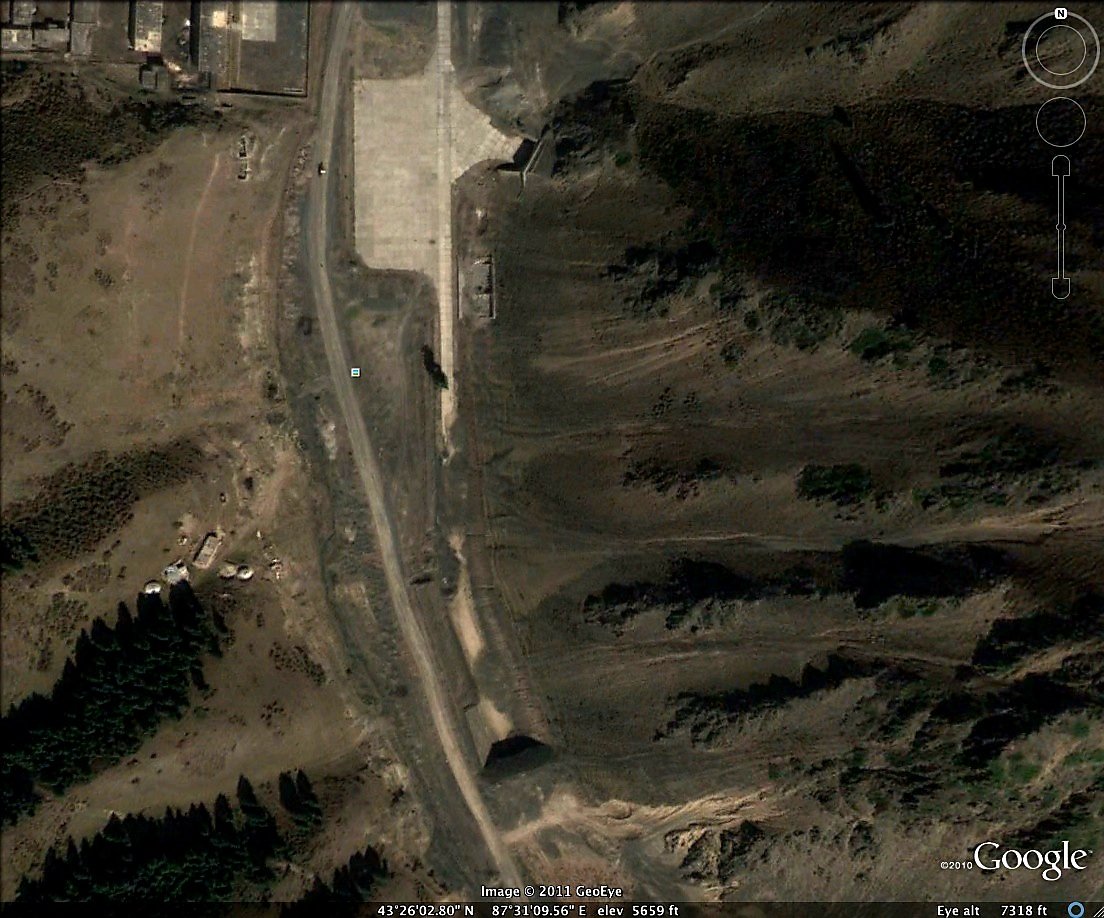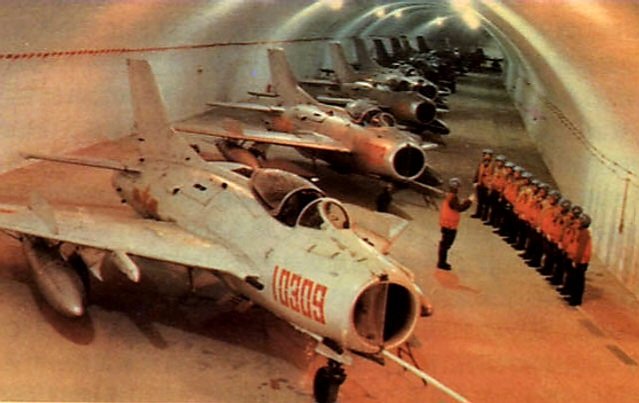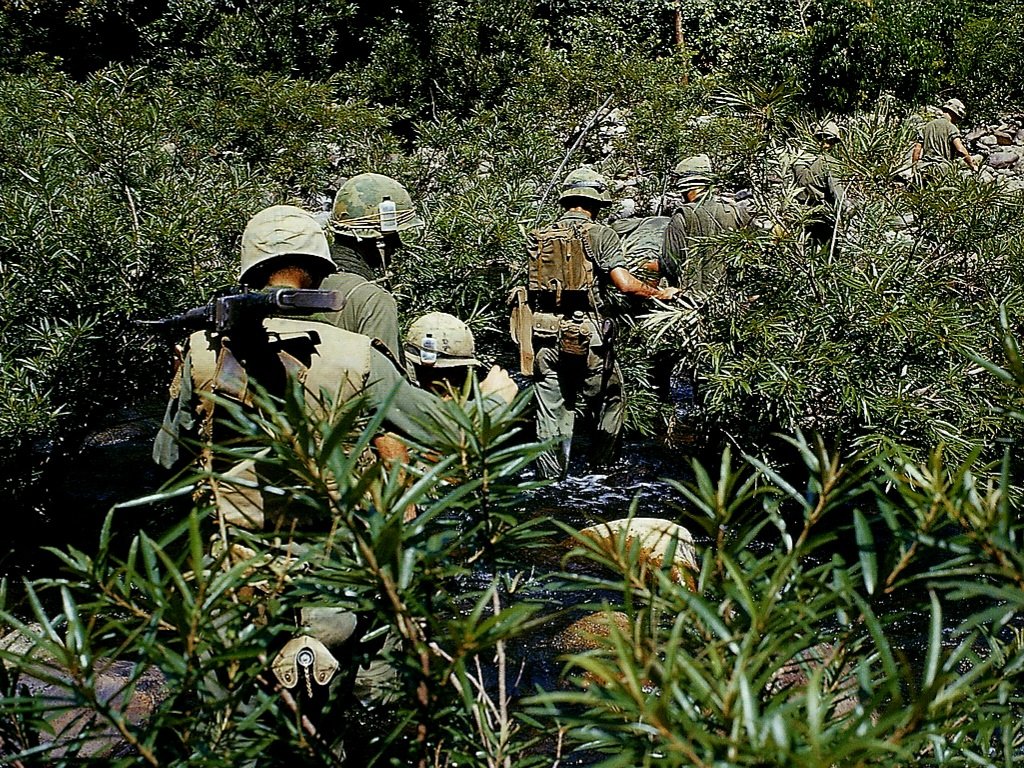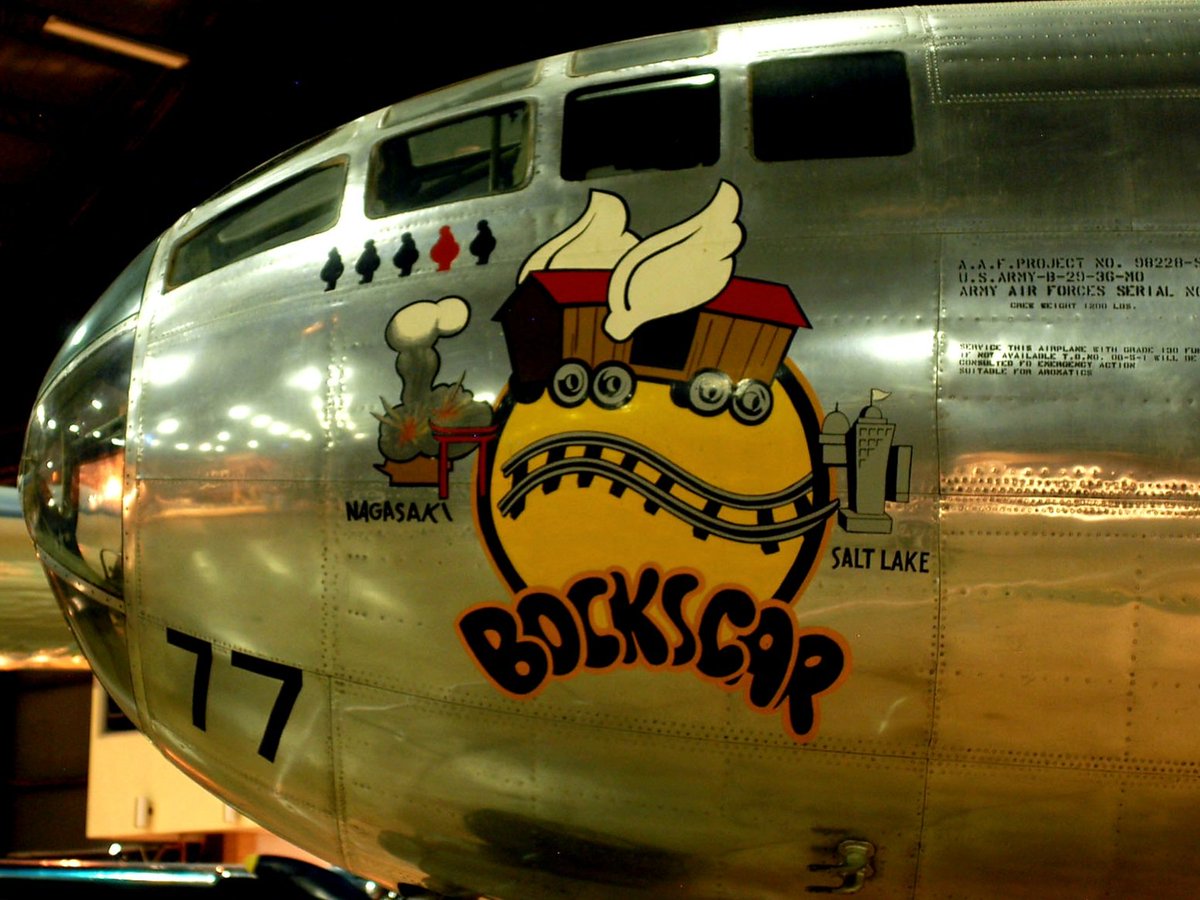A 10 tweet thread on the indomitable Fairchild Republic A-10 Warthog, the "flying tank". Enjoy! 1/10 #avgeeks #aviation #aviationdaily #USAF #Warthog 

A Warthog pilot sits in a "bathtub" of titanium armour, at places up to 38 mm thick and weighing 544 kg. This is proof against direct hits from 23-mm cannon. 2/10 #avgeeks #aviation #USAF #Warthog 

The GAU-8/A's barrel is some 80 calibres long, resulting in a length of nearly 2.5 meters. It's one of the largest weapons of its type in the world. 3/10 #avgeeks #aviation #USAF #Warthog 

The GAU-8/A is a seven barrel rotary cannon. Each of the barrels has its own independent breech block and firing pin. 4/10 #avgeeks #aviation #USAF #Warthog 

1,350 linkless rounds are held in the massive ammunition drum. This has a Helix arrangement inside, with the rounds mounted around a central core. 5/10 #avgeeks #aviation #USAF #Warthog 

A-10's survivability is further enhanced by the carriage of ECM pods such as the ALQ-131 and countermeasure dispensers. Four antennae provide 360° coverage for the ALR-69 RWR, which monitors enemy radar activity, providing the pilot with situation awareness. 6/10 #avgeeks #USAF 

The A-10's flight controls are not only duplicated but spatially separated, so a hit disabling one of the systems is unlikely to affect the other. 7/10 #avgeeks #aviation #USAF #Warthog 

A-10s fuel is carried in the wing and in the central fuselage area. Wing fuel is used first as it is vulnerable. 8/10 #avgeeks #aviation #USAF #Warthog 

The A-10 is designed to fly with many of its airframe sub-assemblies shot away. For instance, it can sustain the complete loss of one engine, one side if the twin-fin assembly, one set of flaps/ailerons or one wingtip. 9/10 #avgeeks #aviation #USAF #Warthog 

The GE TF34-GE-100A turbofans are mounted in such a way that they are shielded from most angles by the wings, tailplane or fin. This makes them less vulnerable to direct fire as well as from IR-homing missiles. 10/10 #avgeeks #aviation #USAF #Warthog 

• • •
Missing some Tweet in this thread? You can try to
force a refresh
























